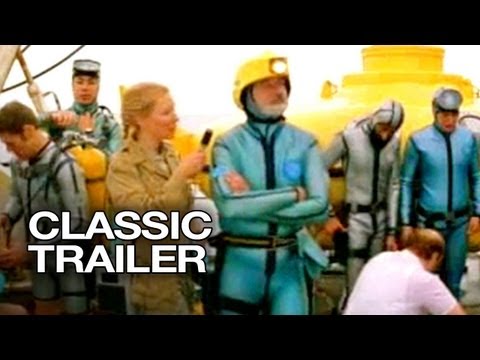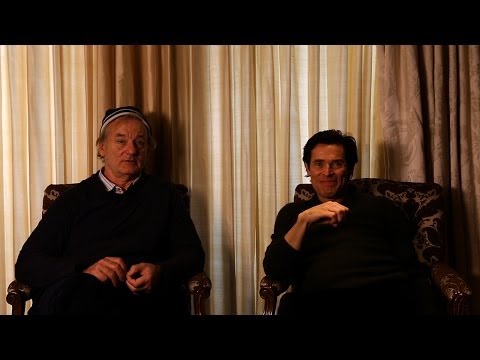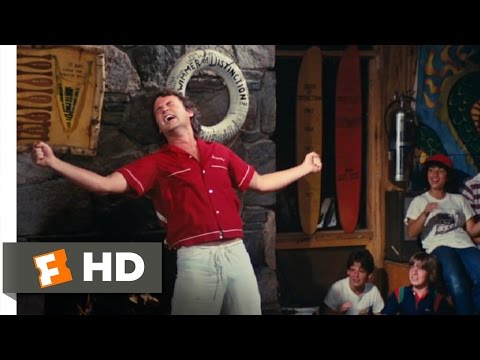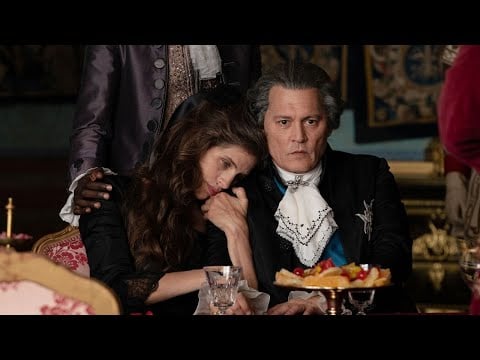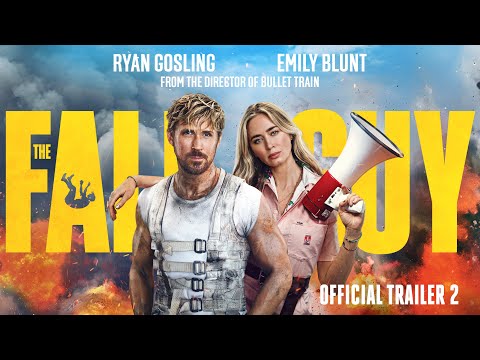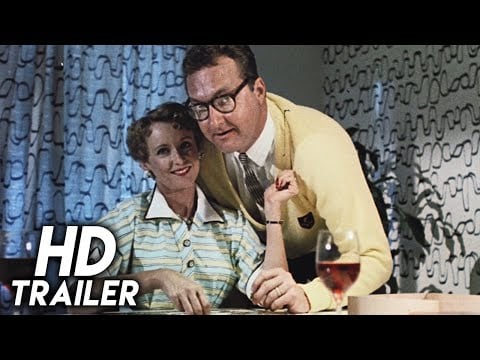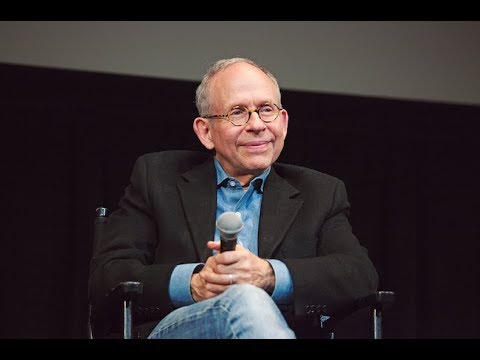David Mamet’s “Spartan” (2004) opens with one of my favorite lines of movie dialogue.
We begin in the woods, watching men and women run through a rigorous training course in which they are being pursued. At one point, a cadet stops to catch her breath and doesn’t see a figure watching her, sitting nearby, observing her actions.
He’s identified only as Scott, the Master Gunner, and played by Val Kilmer. Scott asks her, “You had your whole life to train for this moment. Why aren’t you ready?”
The movie is literally off and running and doesn’t slow down for a moment.

Scott is whisked away from the training session and ordered to take part in a rescue mission. It seems a young woman named Laura Newton (Kristen Bell) has been kidnapped. We don’t know immediately who she is or why she’s important, only that there’s a two-day window, tops, to save her and “there’s just the mission.”
After getting his orders and the only intel available, Scott takes off and intercepts the last person the girl interacted with. From there, it’s a series of interrogations, chases, false starts and surprise reveals.
Mamet’s dialog is no-nonsense and direct, with character revelations coming out in rare, unguarded moments. The credentials and backstory of these characters are on a need-to-know basis – the momentum is at a sprint from the start and we’re along for the ride.
Coming a few years into the run of “24” (which began in 2001, aired for nine seasons, then came back through TV movies and added seasons), Mamet is once again giving us a dialog-driven piece in which the inner lives of the characters are revealed gradually, if at all.
These are people defined by their actions and ability to carry out orders.
Occupation aside, Kilmer isn’t really playing a character all that different from the sort of sink-or-swim corporate figures in Mamet’s “Glengarry Glen Ross (which Mamet wrote but James Foley directed as a film in 1992) or “The Spanish Prisoner” (1997). As with Mamet’s “Heist” (2001), this could be transformed into a theater piece but really wouldn’t work as well presented as a play without major structural alterations.
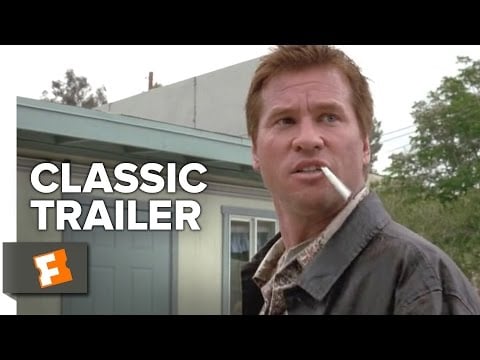
Like Mamet’s “Redbelt” (2005), “Spartan” is driven by a central figure who is a disciplined, highly trained warrior, capable of violence, whose focus and unwavering motivation carries him. Mamet excels at creating this kind of fascinating, unknowable character – his screenplay for “Ronin” (1998) was another example of this kind of high-minded crime caper.
Perhaps Mamet’s legacy is “Glengarry Glen Ross” and “Oleanna,” but his stage and film work demonstrate a willingness to take chances with genre conventions, potentially alienate audiences from the protagonist and creating moral and intellectual puzzles that allow for far more than simply good versus evil.
Kilmer’s character, like the actor himself, is a brilliant, intuitive performer. Watch how quickly Scott improvises during an interrogation. Kilmer did this back-to-back with Shane Black’s “Kiss Kiss, Bang Bang” (2005), another offbeat but smart choice that gives further proof that he’s one of our best, most interesting film actors.
Kilmer’s performance here has a focus and gravity that rates alongside his best work.
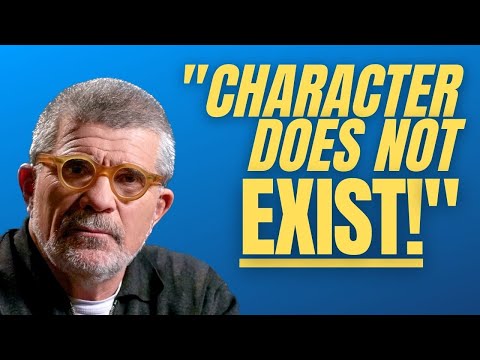
Clark Gregg, William H. Macy and Derek Luke excel in supporting turns, though it’s Bell who is especially affecting. Mark Isham’s great, simple score never overshadows Mamet’s hold on the story.
“Spartan,” in a word, is terrific. So why haven’t most people even heard of it?
When it was released in theaters 20 years ago, it barely registered in theaters, despite mostly positive reviews. A major culprit of its meager imprint in theaters was that the depleted Franchise Pictures (smarting from the flops of “Battlefield: Earth,” “Get Carter” and “Driven,” to name a few) couldn’t afford to give it much of a push.
Like Sean Penn’s “The Pledge” (2001), Mamet’s film was Oscar caliber but released at the wrong time and didn’t last in theaters.
If you’re a fan of Kilmer’s and enjoy the challenge of Mamet’s brain-teasing psychological dramas, then “Spartan” is a major discovery.
The post How Did We Miss David Mamet’s ‘Spartan?’ appeared first on Hollywood in Toto.
from Movies - Hollywood in Toto https://ift.tt/yqBoMRa

